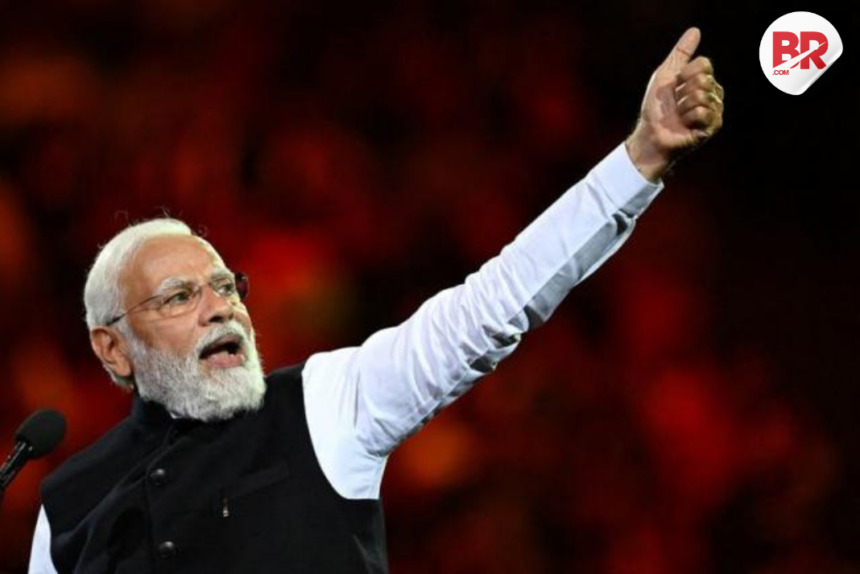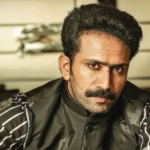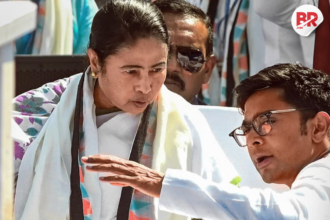
PM Modi’s Cultural Speeches Immortalized in New Book: ‘Sanskriti Ka Panchva Adhyay’
Prime Minister Narendra Modi’s cultural speeches have been immortalized in a new book titled Sanskriti Ka Panchva Adhyay. Released on Heritage Day, this book encapsulates the PM’s thoughts on India’s rich cultural heritage and its continued relevance in today’s world.
It’s a perfect blend of tradition and modernity—making this book more than just a compilation of speeches, but a celebration of India’s deep cultural roots.

Unveiling ‘Sanskriti Ka Panchva Adhyay’
The book launch was a high-profile event, attended by several dignitaries, including Acharya Mahamandaleshwar Pujya Swami Avdheshanand Giri Ji Maharaj, head of the Juna Akhara.
Along with Rajya Sabha Deputy Chairman Harivansh, IGNCA Chairman Ram Bahadur Rai, and IGNCA Member Secretary Dr. Sachchidanand Joshi, they highlighted the book’s significance in promoting and preserving India’s cultural heritage.
Given its focus on culture, the Indira Gandhi National Centre for the Arts (IGNCA) likely played a crucial role in bringing this project to life.
Also Read: Elon Musk to Visit India: What Did Modi Say That Left Him “Honoured”?
Why This Book Matters
Why should you care about a book of cultural speeches? Because in a fast-changing world, it’s easy to lose touch with the traditions that have shaped our identity. Sanskriti Ka Panchva Adhyay helps us hold onto these roots, reflecting on the values that define us as Indians. Here’s why the book stands out:
- Preservation of Heritage: It serves as a valuable resource for understanding and appreciating India’s cultural richness, which is essential for future generations.
- Promotion of Core Values: Through concepts like ‘Vasudhaiva Kutumbakam’ (the world is one family), the book reinforces the central values that bind Indian society together.
- Inspiration for Modern India: The book presents ways to integrate cultural values into today’s world, pushing for innovation that’s grounded in our heritage.
- Understanding Modi’s Vision: If you want to understand Prime Minister Modi’s approach to culture, this book is a key resource. It offers a closer look at his dedication to cultural preservation and promotion.
The Significance of Heritage Day
The timing of the launch couldn’t have been more perfect. Heritage Day, a global celebration that emphasizes the importance of preserving cultural heritage, was the ideal backdrop.
This day isn’t just about recognizing old monuments or customs—it’s a reminder of the living traditions that define our culture. By releasing the book on this day, PM Modi underscores the government’s commitment to cultural preservation.
Also Read: Discover Your Why: 5 Books to Inspire Happiness and Meaning
More Than Just Words
‘Sanskriti Ka Panchva Adhyay’ is far from a mere collection of speeches. It’s a powerful statement on how words can inspire change, shape perceptions, and preserve cultural legacies. The book promotes the idea of ‘Ek Bharat Shreshtha Bharat’ (One India, Great India), showcasing the diversity and unity within the country’s cultural fabric.
Moreover, it reminds us that culture isn’t just something from the past. It is a vibrant, living part of our everyday life, constantly shaping who we are and how we relate to the world around us. The book brings attention to how deeply ingrained cultural values can help drive social harmony and national pride.
Looking Ahead
‘Sanskriti Ka Panchva Adhyay’ marks an important step in preserving India’s cultural heritage. It offers valuable insights for students, scholars, and anyone interested in understanding Indian culture.
As India strides forward, this book serves as both a reference and an inspiration for how cultural preservation can coexist with modern development. It’s a must-read for anyone looking to understand the vision of PM Modi when it comes to cultural and national unity.
The book stands as a reminder that India’s cultural heritage is not just for the history books—it’s an integral part of who we are, and will continue to shape our identity and future.
Also Read: The Festival Effect: How Books Are Changing Lives in India












